Revision Rhinoplasty – Secondary Rhinoplasty
Revision Rhinoplasty, also known as Secondary Rhinoplasty, is a surgical procedure performed to correct problems or dissatisfaction following a previous Nose Surgery. While many are content with the results of their initial rhinoplasty, there are instances where the outcome may not meet expectations, complications occur or functional issues arise.
If you are dissatisfied with the outcome of your initial rhinoplasty or experience ongoing concerns such as a crooked or asymmetrical nose, size issues, or persistent breathing difficulties, you may need revision rhinoplasty.
During revision rhinoplasty, our surgeons at Melbourne ENT Surgeon, employ advanced techniques to correct any remaining cosmetic concerns, restore balance and harmony to the nose, and improve its functionality. With meticulous attention to detail and a personalized approach, they aim to deliver exceptional results and enhance both the aesthetic and functional aspects of your nose.
Dr Stephen Kleid and Dr Simon Braham are highly skilled and experienced Revision Rhinoplasty surgeons in Melbourne, Australia.
DOWNLOAD GUIDE
Considering Rhinoplasty surgery? Information is just one click away.

What is a Revision Rhinoplasty?
A Rhinoplasty is a surgery to improve the form and/or function of the nose. When results of the initial nose surgery do not meet the patient’s needs and expectations, they may require a second nose job, (revision rhinoplasty), to fix problems.

Secondary Rhinoplasty is a cosmetic procedure for patients who have previously undergone one or more nose surgeries. Patients looking for a revision rhinoplasty usually hope to :
- Address issues that weren’t fixed during a previous nose job
- Correct nose deformities that are a result of a previous Rhinoplasty
- Address nose deformities that weren’t apparent before the first rhino
- Improve breathing trouble that developed after nose surgery
- Undo some of the structural changes done to the nose during the first rhinoplasty.
Performing a revision Rhinoplasty can be complex due to the alterations already made to the nose during the initial surgery. The surgeon must carefully consider the existing changes and limitations while planning and executing the revision procedure.
Dr. Kleid and Dr Braham are renowned for their expertise in performing successful revision Rhinoplasties. With their meticulous approach and comprehensive understanding of the intricacies of nasal anatomy, they can effectively address both the aesthetic and functional aspects of the nose, ensuring improved outcomes for patients seeking revision Rhinoplasty.

Who Needs a Revision Rhinoplasty?
For those who have undergone previous nose surgery and find themselves either dissatisfied with the outcomes or facing persistent issues, it’s important to know that they are not alone. Many individuals opt for a second nose job, known as revision rhinoplasty, to address concerns that were not fully resolved or have emerged following their initial procedure.
This specialized surgery offers a solution for those experiencing breathing difficulties after a septoplasty or feeling dissatisfied with the aesthetic results of their rhinoplasty. Through revision surgery, these challenges can be addressed, leading to improvements in both the function and appearance of the nose.
You may be a candidate for a revision rhinoplasty if you’ve experienced the following problems after your first rhinoplasty:
Problems with breathing
10% of all patients notice that their breathing became worse after rhinoplasty surgery. These breathing problems can be new or residual (already existing problems that persist after surgery).
When a patient has trouble breathing after a nose job it’s usually because of:
- Residual deviation in the septum
- Alar collapse (when too much cartilage is cut out from the nostrils)
- Nasal obstruction from a narrowed nasal valve (the area between the septum and the nostril becomes tight obstructing the nasal airflow)
One medical study shows that 70% of all revision rhinoplasty focuses on fixing breathing disturbances following reduction rhinoplasty.
In some cases, patients may feel that their nose is blocked after a nose job. The scars and loss of mucosal sensation following nose surgery can cause a loss of temperature sensation in the nose. This can lead to a blocked nose feeling even when the nasal pathway isn’t obstructed.
Problems with how the new nose looks
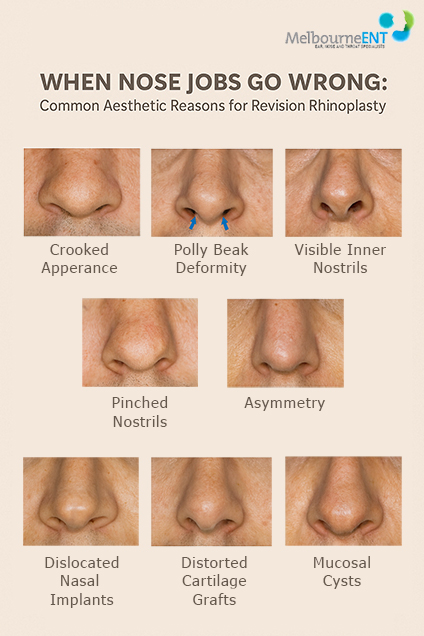
Unfortunately, getting a nose job doesn’t always leave you with the aesthetic results you were hoping for. Aesthetic reasons for wanting revision surgery, include:
✗ A crooked appearance
- The nose might stay crooked even after a nose straightening surgery.
- In some cases, a nose can look deviated after surgery even if it used to look straight before the nose job.
✗ Polly beak
- This is the most frequently nose deformity after nose surgery.
- A Polly beak is a nose that has a very thick nasal bridge area right above the nose tip.
- In this case, the nose bridge looks higher than the rest of the nose when you look at it from the side.
✗ Visible inner nostrils
- If too much tissue is cut out from the nose tip during rhinoplasty or tip-plasty, you can end up with an upturned nose and visible nostrils.
✗ Pinched nostrils
- When too much cartilage is taken away from the nostrils they become too narrow and gain a slit-like appearance.
✗ Asymmetry
- One of the common concerns that may prompt individuals to seek revision rhinoplasty is the presence of asymmetry in the nose, which disrupts facial harmony.
- When the nose appears asymmetric in relation to the rest of the face or appears operated, it indicates that the initial nose surgery did not achieve its intended results.
✗ Dislocated nasal implants
- Surgeons sometimes use nasal implants during rhinoplasty to give the nasal bridge more projection. After surgery, the nose implant can shift in position, deforming the shape of the nose.
✗ Distorted cartilage grafts
- Surgeons may use cartilage grafts to reshape the nose. These can be reabsorbed or dislocated.
- If the cartilage bends or warps, you can end up with a misshapen nose that looks asymmetric.
✗ Mucosal cysts
- During Rhinoplasty, some of the nasal mucosae may become displaced and entrapped.
- This buildup of the mucosa can cause cysts.
- This happens rarely, but the displaced mucosal cysts can form a mass and cause nasal defects.
With the right planning and sufficient experience, your surgeon can minimize the possibility of unsatisfactory results after your surgery.
Problems with healing after surgery
Sometimes the Rhinoplasty goes smoothly but, the healing process doesn’t go as planned. Things that can go wrong while you’re healing from nose surgery can include;
- Infection from nasal implants and abscess formation
- A perforated septum that dries out very easily causing nose bleeds when you sneeze or blow your nose
- Injury to the nose:
- Accidents and injuries to the nose can happen after a rhinoplasty while the nose is still vulnerable.
- Before a nose has fully healed, a hard bump to the nose can cause new deformities that need fixing.
It’s true that there is the possibility of undesirable results with any cosmetic surgery, including rhinoplasty. However, an experienced specialist ENT surgeon can avoid problems like breathing obstruction, asymmetry in the nose, and disproportional nasal features by choosing a good approach (open or closed rhinoplasty) and the right technique (types of grafts and sutures used).
How is Revision Rhinoplasty Performed?
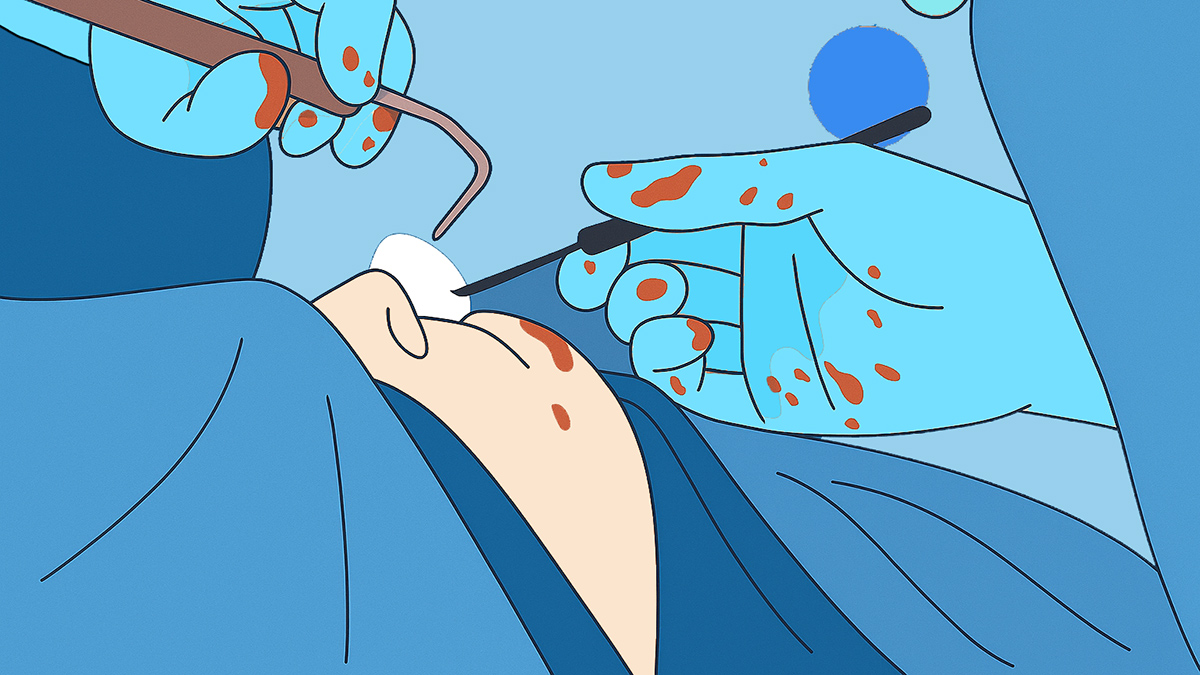
The process of a Revision Rhinoplasty is similar to that of a primary nose job.
First, you will go under general anesthesia. Then, your surgeon will gain access to your nose tissue using one of the two techniques:
- Open incision: A small cut is made at the base of the columella (the column between the two nostrils)
- Closed approach: The nasal tissue is accessed through incisions made on the inside of the nose
After accessing your nose, your surgeon will be able to use surgical manipulation, cartilage grafts, and/or synthetic implants to:
- Structurally support the excessively reduced tip or bridge of the nose (that can make the nose look too small or too flat)
- Compensate for deficient septal cartilage and/or straighten the septum (septoplasty)
- Reopen the narrowed nasal airway (using spreader grafts between the lateral nasal cartilage and septum)
Your surgeon can also reconstruct your nose after an unsatisfactory rhinoplasty by:
- Reducing the size of your nostrils (Alarplasty) if the nose looks too wide
- Removing extra parts of the bone and cartilage if the nose still looks too big
After the nose is sculpted into a new satisfying shape, your wounds will be closed and your nose will be splinted.
You can never be 100% sure how your nose job surgery will turn out to be. Nonetheless, you can be sure you have the best odds when you choose an extremely skilled and meticulous surgeon to perform your revision surgery.
Why Is a Revision Rhinoplasty Challenging?
Undergoing a second Rhinoplasty can present unique challenges compared to the initial procedure. Several factors contribute to the complexity of the surgery, making it even more critical to choose a skilled and experienced surgeon like Dr Stephen Kleid or Dr Simon Braham to navigate these challenges and deliver successful outcomes.
Firstly, patients seeking revision rhinoplasty are often dissatisfied with the results of their initial surgery and have specific expectations for improvement. The surgeon must carefully understand these concerns and work closely with the patient to develop a comprehensive surgical plan that addresses their desired outcomes.
Additionally, the nose may already exhibit an “operated on” appearance, making it essential to restore a natural and aesthetically pleasing look during the revision procedure. Scar tissue resulting from the first surgery can pose challenges, requiring the surgeon to skillfully navigate around or remove it to achieve the desired outcome.
Another aspect to consider is the potential loss of tissue or structural integrity due to the previous surgery. In such cases, cartilage grafts or other techniques may be necessary to rebuild and restore the nasal structure effectively.
Moreover, the changes made during the primary rhinoplasty, which include alterations to the bone, cartilage, and tissue, can make reshaping the nose more challenging during the revision procedure.
Your chosen surgeon’s expertise in understanding the complexities of nasal anatomy and surgical techniques allows him to approach each case with precision and skill. By taking the time to thoroughly assess the previous nose surgery and understand the complications that arose, they can tailor the revision rhinoplasty to address both the original concerns and any new issues that have arisen.
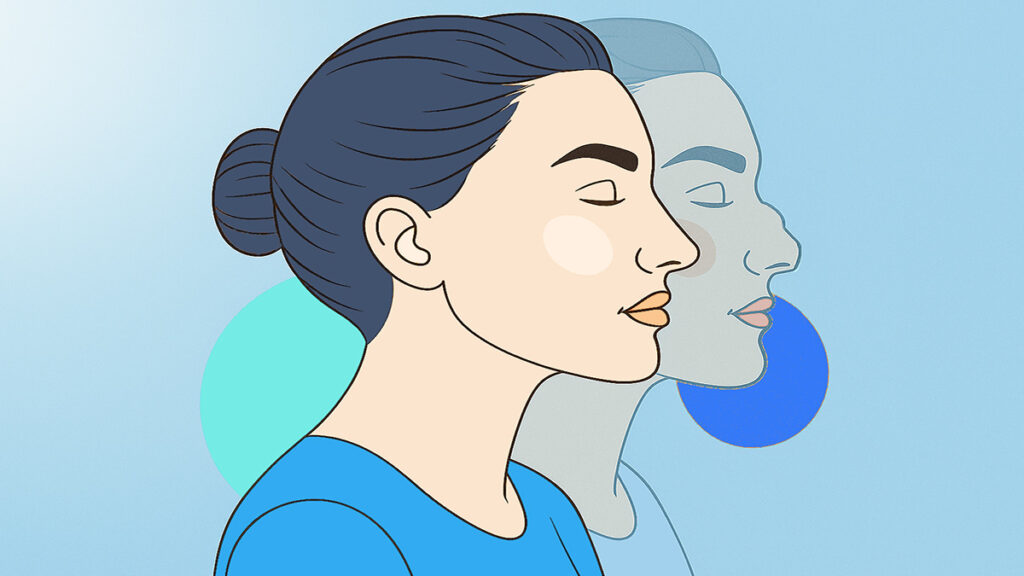
What is the Best Timing for a Second Rhinoplasty?
Determining the optimal timing for a second rhinoplasty, or revision rhinoplasty, is a crucial consideration to ensure the best possible outcome. Several factors come into play when deciding the appropriate timing for the revision procedure.
It is essential to allow sufficient time for the initial rhinoplasty to heal completely before considering a revision surgery. The nose needs time to settle and for any swelling or residual effects of the previous surgery to subside. Typically, surgeons recommend waiting at least one year after the initial procedure before undergoing revision rhinoplasty.
If you are experiencing functional issues with breathing or other complications resulting from the initial rhinoplasty, it may be necessary to address these concerns quickly. Your surgeon can assess the severity of the functional problems and determine the appropriate timing for the revision surgery based on your specific circumstances.
Ultimately, the timing for a second rhinoplasty will depend on the individual’s specific circumstances, healing progress, and desired outcomes. It is essential to have open and honest communication with your surgeon to determine the most appropriate timing for the revision procedure to ensure the best possible results.
What is the Cost of Revision Rhinoplasty?

Determining the exact cost of a revision rhinoplasty can be challenging without a consultation with a surgeon. The cost of the procedure depends on several factors, including the complexity of the revision, the extent of the changes required, the surgeon’s experience and expertise, and the geographical location of the practice.
During your consultation with your surgeon, he will thoroughly assess your nose and discuss your goals and concerns. Based on this evaluation, he will be able to provide you with an estimation of the cost involved in your specific case.
It’s important to note that revision rhinoplasty is generally more complex and intricate than primary rhinoplasty, as it involves working with existing scar tissue and reshaping structures that have already been altered. Consequently, the cost of revision rhinoplasty is often higher than that of the initial procedure.
It’s advisable to have a detailed discussion with them about the cost breakdown, including surgical fees, anesthesia fees, facility fees, and any other associated expenses.
Remember, the cost of revision rhinoplasty should not be the sole determining factor in choosing a surgeon. It’s important to prioritize the surgeon’s expertise, qualifications, and experience to ensure a successful outcome.
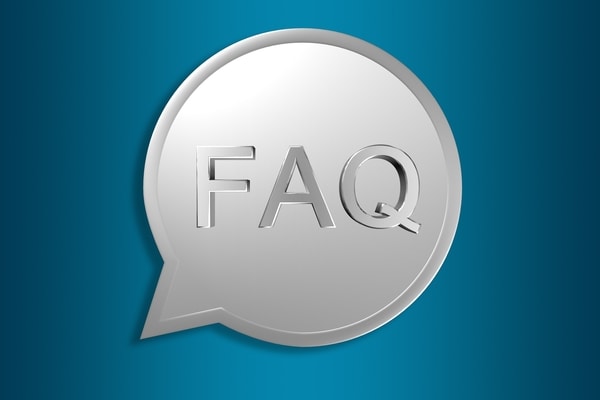
Revision Rhinoplasty Frequently Asked Questions (FAQs)
When will I be able to breathe normally after Rhinoplasty?
- It usually takes between 1 and 3 weeks for breathing to become more comfortable after rhinoplasty.
- That being said, nasal congestion may persist for several months.
- Your surgeon will provide instructions on using nasal sprays to help clear your blocked nose during recovery.
When will I see the final results of my nose job?
- Your nose will continue to improve as swelling subsides over the first few months of recovery.
- Most of the swelling will resolve approximately 3 months after surgery.
- However, it may take up to a year for all the residual swelling to dissipate and for you to be able to see the final results.
How many nose jobs can I have?
- Although there isn’t a strict limit on the number of revision rhinoplasty procedures that can be performed, it is crucial to recognize that the nose is a delicate and intricate structure.
- With each subsequent surgery, the nose can become more vulnerable and can be prone to increased fragility.
- The more extensive the alterations and disruptions to the nose, the higher the risks and potential complications associated with the procedure.
It is essential to have a thorough discussion with your surgeon to weigh the benefits and risks of undergoing additional surgeries and to ensure that the best possible outcome is achieved while prioritizing the long-term health and stability of the nose.
How soon can I have a revision rhinoplasty?
- Generally, it is recommended to wait at least 12 months before undergoing a second nose job.
- In cases of severe nose deformities such as dislocated implants or collapsed nostrils, the waiting period may be reduced to around 6 months.
- It is important to discuss the timing with your surgeon to ensure proper healing and optimal results.
Further Reading
- Read about Melbourne ENT’s Nose Surgery Melbourne
- Read about Melbourne ENT’s Rhinoplasty Melbourne – Nose Reshaping Surgery
- Read about Melbourne ENT’s Nose Anatomy for Nose Surgery Patients
- Read about Melbourne ENT’s Airway Rhinoplasty
Sources
- Risks and complications in rhinoplasty – PMC
- Functional and Aesthetic Factors Associated with Revision of Rhinoplasty – PMC
- Differences between Primary and Revision Rhinoplasty: Indications, Techniques, Grafts, and Outcomes
- Introduction of a Less Invasive Revision Rhinoplasty Using Closed Nasal Chondrotome – PMC
- Revision rhinoplasty: measurement of patient-reported outcomes and analysis of predictive factors – PMC
Why Choose Dr Kleid ?
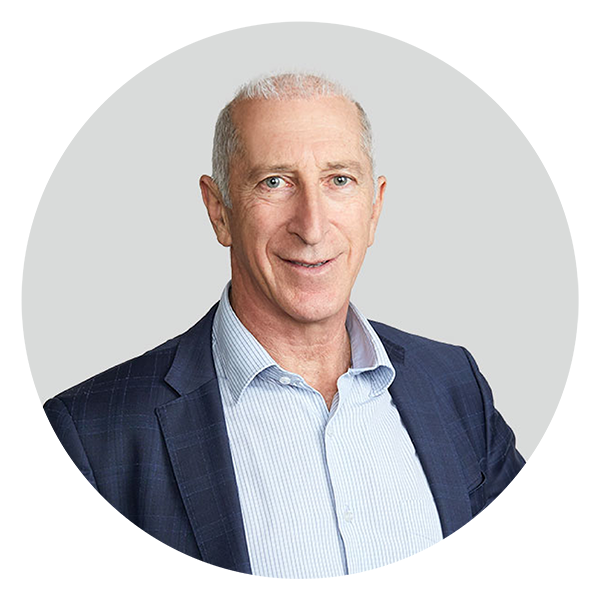
Dr Stephen Kleid,
Melbourne ENT Surgeon
MED0001052799
Dr Stephen Kleid is an experienced ENT Surgeon (Otolaryngologist) based in Melbourne with a passion for Septo-rhinoplasty, Septoplasty and a strong interest in Rhinoplasty Revision.
Qualifications
- AHPRA (Medical Board)
- MB, BS; FRACS (Fellow of the Royal Australasian College of Surgeons)
- AAFPS – Member of the Australasian Academy of Facial Plastic Surgery
- AAFPRS – (International Member of the American Academy of Facial Plastic and Reconstructive Surgeons)
Dr Kleid’s Procedures
Why Choose Dr Braham ?
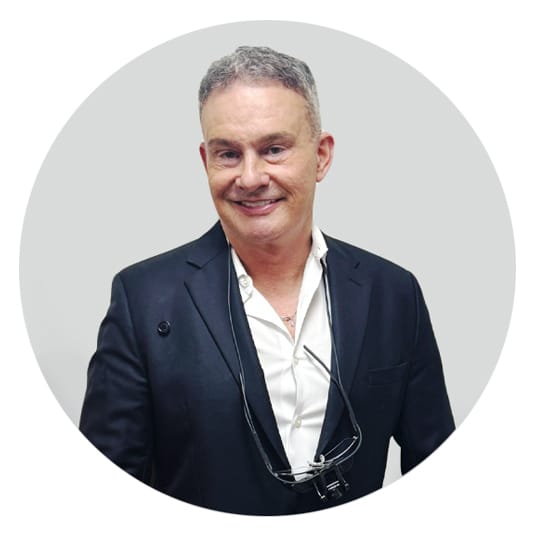
Dr Simon Braham,
Melbourne ENT Surgeon
MED0001144757
Dr Simon Braham MBBS (Hons) FRACS is an experienced Ear, Nose and Throat ENT Surgeon (Otolaryngologist) based in Melbourne, performing tonsil, grommet and sinus surgery for children & adults. He helps patients with breathing issues, snoring concerns and sleep disturbances.
Dr Braham’s Procedures
How can we help?
The Melbourne ENT Team takes pleasure in assisting you with any questions when considering a plastic surgery procedure. Please call the St Kilda East clinic in Melbourne between 9am – 5 pm on Weekdays.
What Next?

Want more information about your Procedure?
- Please read our website and blogs to find out more about your procedure and concerns
- For more information about pricing and payment methods, please visit our page on Surgery Payment Options.
- Talk to our Patient Care Team from 9 am to 5 pm Monday to Friday

What to Bring to Your Consultation
- We encourage you to bring a friend or family member to accompany you, as they can provide an extra perspective and support throughout the process.
- It is important to take thorough notes and carefully review all the documents provided to you.

How to Book a Consultation
- A referral from your GP or Specialist is necessary to see a surgeon for a consultation.
- Dr Kleid’s Nose Surgery consultation fee is $600 which includes a nasendoscopy ($300).
- Please contact us to book your consultation.

